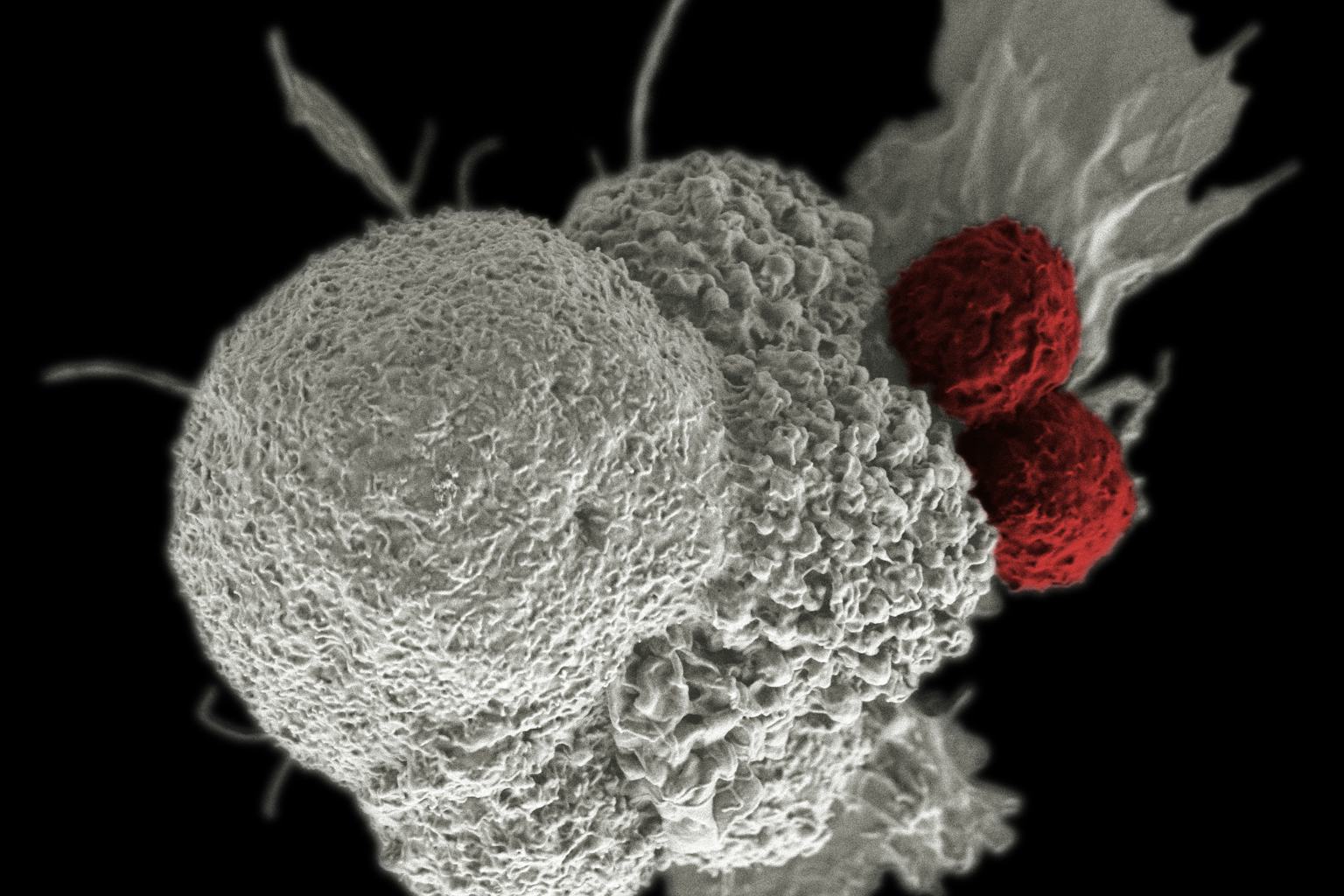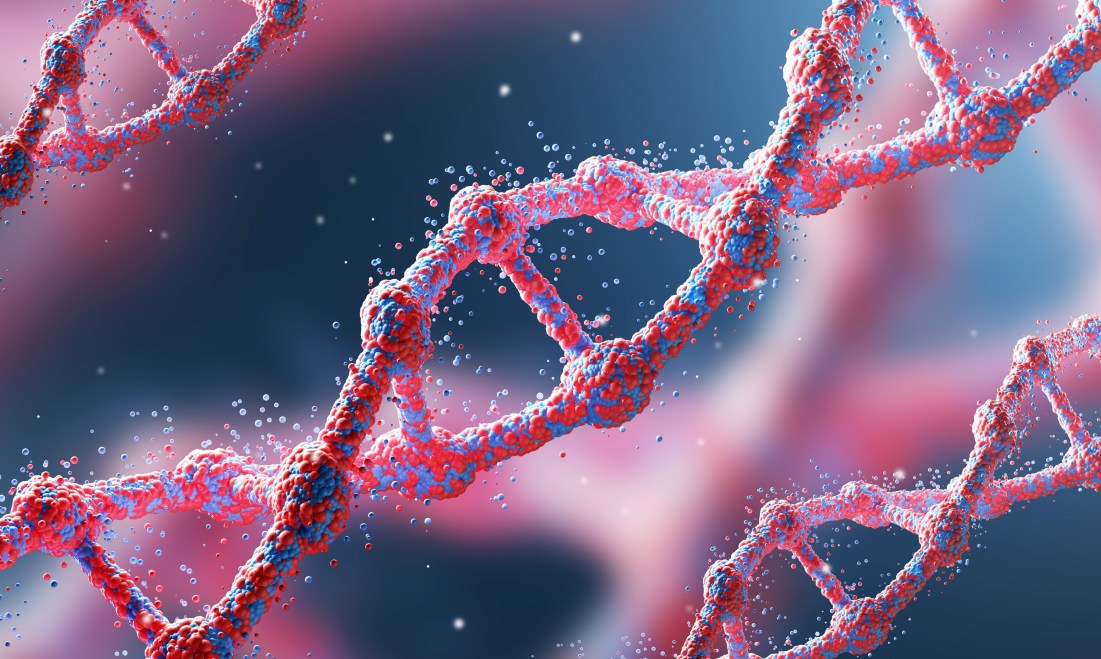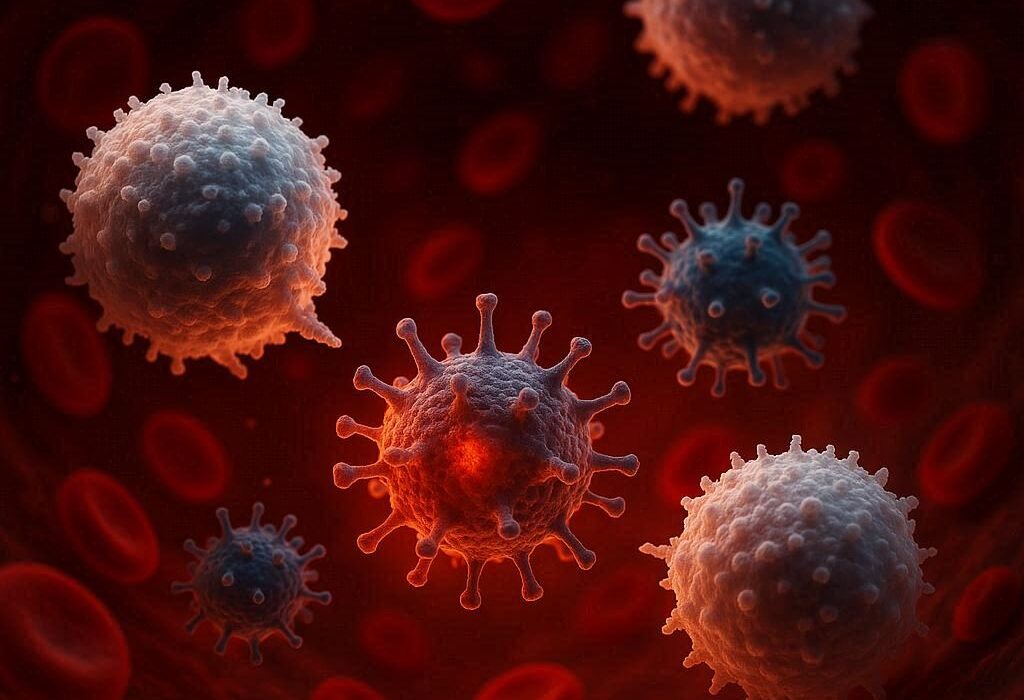Cancer is one of humanity’s most formidable adversaries. For centuries, it has carried with it a weight of fear, uncertainty, and loss. But it is also a story of resilience—of scientists, doctors, and patients who refuse to give up the fight. Today, cancer research is advancing faster than ever before, revealing new strategies to understand, prevent, and treat this complex disease. Each breakthrough is not just a scientific triumph but also a spark of hope for millions of people around the world.
The fight against cancer is far from over, but the progress made over the last few decades has been remarkable. From harnessing the power of the immune system to unlocking the secrets of genetics, scientists are changing what it means to face a cancer diagnosis. What once seemed impossible—turning cancer into a manageable, even curable condition—is becoming more realistic with each new discovery.
Here are ten of the most transformative breakthroughs in cancer research, explained in a way that shows not only the science but also the profound human impact behind it.
1. Immunotherapy: Teaching the Body to Fight Back
One of the most revolutionary breakthroughs in modern cancer research is immunotherapy. Unlike traditional treatments like chemotherapy and radiation, which attack cancer cells directly but also harm healthy cells, immunotherapy empowers the patient’s own immune system to recognize and destroy cancer.
The immune system is naturally equipped to identify and eliminate abnormal cells. However, cancer is cunning. It develops mechanisms to hide from immune surveillance, disguising itself as “self” to avoid being attacked. Immunotherapy removes these disguises or boosts the immune system’s power so it can fight back.
There are several forms of immunotherapy:
- Checkpoint inhibitors: Drugs such as pembrolizumab (Keytruda) and nivolumab (Opdivo) block proteins that cancer cells use to suppress immune responses. By “releasing the brakes” on the immune system, they allow T cells to attack tumors.
- CAR T-cell therapy: This involves reprogramming a patient’s own T cells in a lab so they can specifically target and destroy cancer cells. CAR T therapy has shown extraordinary success in blood cancers like leukemia and lymphoma.
- Cancer vaccines: Unlike preventive vaccines, these are therapeutic, designed to stimulate the immune system against existing cancer.
Immunotherapy has transformed once-dire prognoses into long-term remission for some patients. While it doesn’t work for everyone yet, it represents a paradigm shift—proving that the body itself can become its greatest weapon against cancer.
2. Precision Medicine: Targeting Cancer at the Genetic Level
Not all cancers are the same, even within the same type of tumor. This realization has given rise to precision medicine, a breakthrough approach that tailors treatments to the unique genetic makeup of a patient’s cancer.
Instead of a one-size-fits-all strategy, doctors can now analyze tumors at the molecular level, identifying genetic mutations that drive cancer growth. Drugs are then designed to specifically target these mutations, shutting down cancer’s fuel source while sparing healthy cells.
Examples of precision medicine include:
- HER2-targeted therapies for breast cancer, such as trastuzumab (Herceptin), which blocks the overactive HER2 protein.
- EGFR inhibitors for lung cancer, designed to treat patients whose tumors carry mutations in the EGFR gene.
- BRAF inhibitors for melanoma, which target the mutated BRAF protein fueling tumor growth.
Precision medicine has dramatically improved outcomes for patients who once had limited treatment options. It exemplifies the future of oncology: not treating “cancer in general,” but your cancer, specifically.
3. Early Detection Through Liquid Biopsies
Early detection is critical in cancer survival. The sooner cancer is found, the more likely it can be treated successfully. A breakthrough innovation in this area is the liquid biopsy, a simple blood test that can detect cancer-related DNA fragments circulating in the bloodstream.
Unlike traditional biopsies, which require invasive surgery to extract tissue from a tumor, liquid biopsies are minimally invasive and can be repeated over time. They can reveal:
- The presence of cancer at early stages, before symptoms appear.
- Mutations that may guide treatment decisions.
- Signs of relapse or resistance after treatment.
Companies and researchers are developing multi-cancer early detection tests that could screen for dozens of cancers at once. Imagine a future where a routine blood test could catch cancers long before they become life-threatening—that future is closer than ever thanks to liquid biopsy technology.
4. Advances in Cancer Genomics
One of the most profound scientific projects of the 21st century was the Human Genome Project, which mapped all the genes in human DNA. Building on this foundation, cancer researchers launched large-scale efforts such as The Cancer Genome Atlas (TCGA), cataloging the genetic mutations across thousands of tumors.
This has revolutionized our understanding of cancer as not just one disease, but many genetic diseases. By comparing normal DNA to tumor DNA, scientists can identify the mutations responsible for cancer initiation, progression, and resistance to treatment.
These genomic maps are guiding the development of targeted therapies, helping clinicians predict how tumors will behave, and providing patients with personalized treatment plans. Cancer genomics has opened the door to a new era where we no longer treat cancer blindly but with a detailed blueprint of its genetic weaknesses.
5. CRISPR and Gene Editing in Cancer Research
Few discoveries have shaken biology as profoundly as CRISPR-Cas9, a powerful tool for gene editing. This technology allows scientists to cut, modify, or replace specific DNA sequences with remarkable precision. In cancer research, CRISPR has been nothing short of transformative.
Researchers are using CRISPR to:
- Identify the genes that drive tumor growth.
- Discover which mutations make cancers resistant to treatment.
- Engineer immune cells to be more effective in targeting tumors.
Clinical trials are already exploring CRISPR-edited T cells in patients, showing early signs of safety and effectiveness. While ethical and technical challenges remain, CRISPR offers a future where the genetic errors at the heart of cancer could be corrected directly—turning once-lethal diseases into manageable conditions.
6. Harnessing Artificial Intelligence in Cancer Research
The rise of artificial intelligence (AI) and machine learning has brought new power to cancer research. Cancer is a disease of overwhelming complexity—massive amounts of data are generated from imaging, genomics, clinical trials, and patient records. AI provides the tools to sift through this data and uncover patterns humans might miss.
AI applications in cancer include:
- Medical imaging: AI can analyze scans (such as mammograms or MRIs) with extraordinary accuracy, sometimes detecting tumors earlier than radiologists.
- Drug discovery: Machine learning models are speeding up the identification of promising cancer drugs, predicting how molecules will interact with targets.
- Predictive analytics: AI helps forecast patient outcomes and treatment responses based on genetic and clinical data.
AI does not replace doctors but acts as a powerful ally, enhancing human expertise. In the battle against cancer, where time is critical, AI accelerates the path from discovery to treatment.
7. Personalized Cancer Vaccines
The concept of a cancer vaccine has long inspired scientists, but recent breakthroughs are making it a reality. Unlike traditional vaccines that prevent infectious diseases, cancer vaccines are designed to train the immune system to attack tumors that are already present.
The most exciting progress lies in personalized cancer vaccines, created based on the specific genetic mutations in a patient’s tumor. These vaccines expose the immune system to tumor-specific “neoantigens,” teaching it to recognize and destroy cancer cells while leaving healthy tissue untouched.
Clinical trials are showing promising results, especially in melanoma and other hard-to-treat cancers. Personalized vaccines are still experimental, but they represent a future where each patient’s tumor generates its own tailor-made defense strategy.
8. Microbiome and Cancer Connections
One of the most surprising breakthroughs in recent years is the discovery that the microbiome—the trillions of bacteria, viruses, and fungi living in our bodies—plays a role in cancer development and treatment response.
Research has shown that certain gut bacteria can influence how well patients respond to immunotherapy. Others may contribute to cancer risk or progression by affecting inflammation, metabolism, or DNA stability.
Scientists are now exploring whether altering the microbiome through diet, probiotics, or fecal transplants could improve cancer outcomes. This field is still young, but it is reshaping our view of cancer not as an isolated disease but as one deeply connected to the ecosystems within our own bodies.
9. Metastasis Research: Understanding Cancer’s Deadliest Move
Most cancer deaths are not caused by the primary tumor but by metastasis—the process where cancer spreads to distant parts of the body. For decades, metastasis remained poorly understood, making it difficult to treat effectively. But recent breakthroughs are shedding light on how and why cancer spreads.
Scientists have discovered that cancer cells hijack normal biological processes to invade other tissues, traveling through the bloodstream or lymphatic system. They also found that certain genetic and environmental factors can “prime” distant organs to become fertile ground for metastasis.
Targeted therapies are now being developed to interrupt these processes, potentially stopping cancer before it spreads. By unraveling the biology of metastasis, researchers are tackling cancer at its most lethal stage.
10. Survivorship and Quality of Life Advances
The final breakthrough is not just about defeating cancer, but about living with and beyond it. As treatments improve, more patients are surviving cancer than ever before. But survivorship brings new challenges: long-term side effects, emotional health, and quality of life.
Research in this area has led to advances such as:
- Less toxic treatments that minimize long-term damage.
- Fertility preservation techniques for young cancer patients.
- Psychosocial support programs addressing anxiety, depression, and the social impact of cancer.
- Survivorship care plans that guide patients through life after treatment.
This shift recognizes that curing cancer is not the only goal—ensuring survivors can live healthy, fulfilling lives is equally important. It marks a new, holistic chapter in the fight against cancer.
Conclusion
The breakthroughs in cancer research over the past decades represent humanity’s determination to conquer one of its greatest challenges. From immunotherapy to artificial intelligence, from liquid biopsies to personalized vaccines, these discoveries are reshaping the landscape of medicine.
Cancer remains a complex, evolving enemy, but science is proving that progress is possible. Each breakthrough is a beacon of hope, carrying us closer to a future where cancer may be prevented, managed, or even cured.
The fight is not over, but we are no longer in the dark. With each step forward, we honor those we have lost, empower those who continue the struggle, and strengthen the promise of tomorrow: that cancer will one day lose its power to define or destroy lives.






